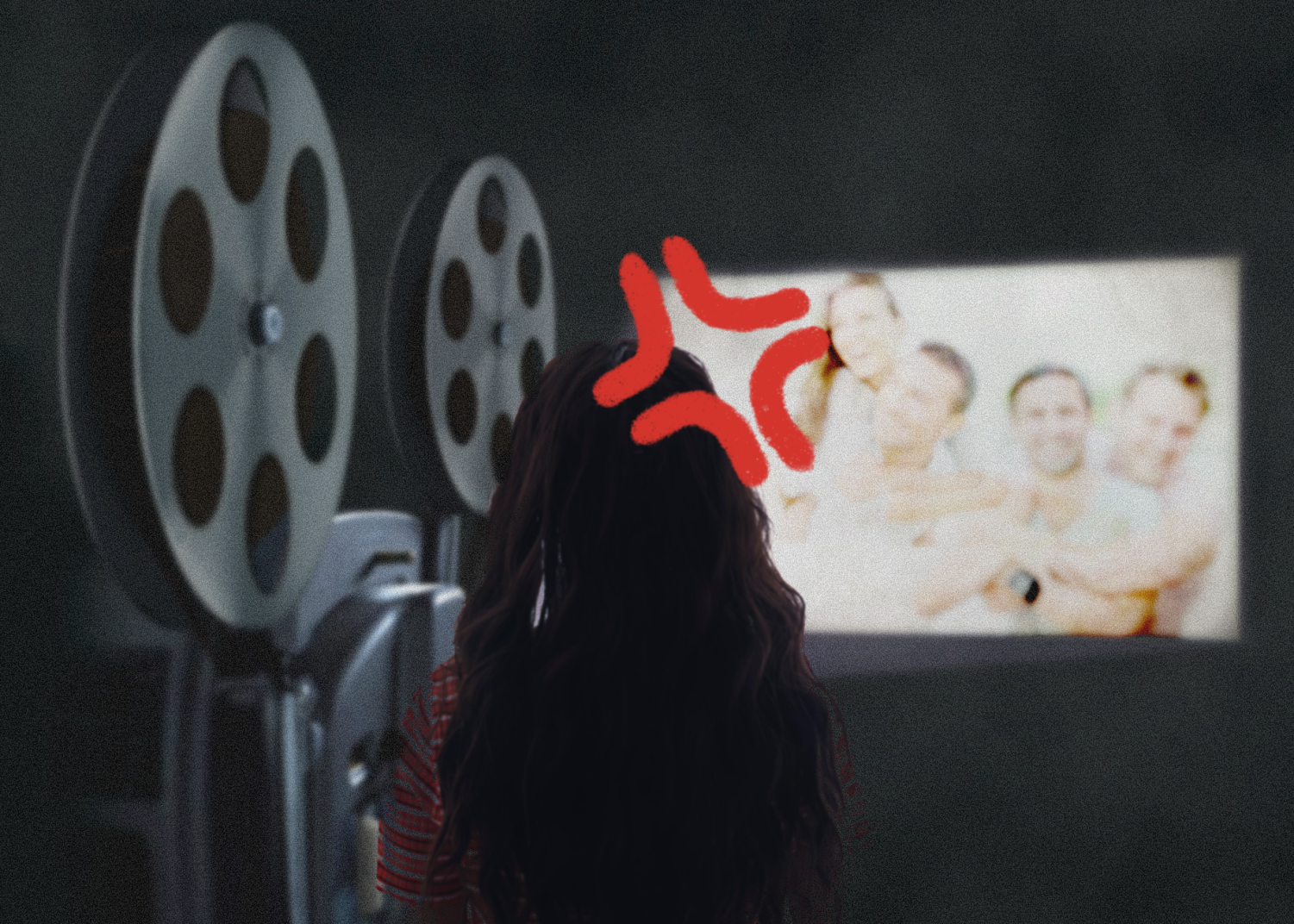Op-Ed: Lesbians need better representation on the screen
May 21, 2023

Jeffery Smith, a professor in the Cinema and Television Arts department, makes an effort to include accurate LGBTQ+ representation in his curricula at Columbia.
The first time Smith saw a commercial film with LGBTQ+ representation in the form of a romantic relationship between two men was in the 1987 movie “Maurice.” As a gay man, he knows the importance of seeing yourself, or someone like yourself, on screen.
“I left thinking ‘Now I get it; now I know what’s been missing,’” Smith said. “If it’s your orientation that’s being acted out, you get a buzz, and we deserve a buzz.”
Since the legalization of gay marriage in the United States in 2015, we have certainly seen more LGBTQ+ representation on screen — but it is mostly gay men. Queer women rejoiced when GLAAD found that lesbian characters dominated the screen in 2021-2022 because for the first time ever, they were featured on TV more than gay men.
However, this high did not last long.
GLAAD’s annual Where We Are On TV Report found a decrease in lesbian characters in 2022-2023 and a decrease in LGBTQ+ representation overall. While still upsetting, this quick let down is not surprising given the history queer women have had with representation.
Queer women often seem to be the target of the “bury your gays” trope, which is categorized as LGBTQ+ characters being “viewed as more expendable than their heterosexual counterparts.” If they’re not dying, they’re being taken off the air. It’s been shown that even with high ratings and love from viewers, shows with lesbian characters and storylines are not safe from cancellation.
In summer 2022, Netflix released an original show centered around a lesbian couple titled “First Kill.” Despite the show peaking at No. 3 on the Top 10 list for English speaking TV shows, it was canceled after one season. A widely-known lesbian series “The L Word” was given the spin-off treatment in 2019. Fans got to enjoy “The L Word: Generation Q” for three seasons before the show was canceled and removed from streaming platforms, despite promises of another reboot in the works.
When lesbians are featured on screen, the characters are usually portrayed incorrectly, falling victim to stereotypes or objectification. It can feel as though they were created for the male gaze or to satisfy some kind of sexual fantasy for the audience.
Popular movies “Below Her Mouth” and “Blue Is The Warmest Color” have been criticized for their overly sexual plot lines and borderline pornographic styles and yet continue to be mentioned in conversations about representative queer media. The inclusion of a lesbian storyline usually heavily revolves around the sexual relationship, and it diminishes queer love to physical desire.
Smith has noticed straight students will watch lesbian films in his class and not mind it, sometimes enjoying it or finding it “hot.” However, he’s unsure if those same students would go out and support a film like that in theaters. It’s no secret that the entertainment industry is ruled by money, so showing up to support projects in the theaters or streaming them is the best way to encourage proper representation.
“I think it’s commercial; I think it’s bias,” said Smith, who is teaching a queer cinema class in the fall. “I also think it’s hard to get the dominant group, maybe not the majority anymore, but the dominant group to pay money to see this stuff.”
As lesbianism becomes more “mainstream” and accepted, there does seem to be hope for more thoughtful representation. Slowly but surely, more lesbian and queer female directors, writers and producers are getting in the industry and telling authentic, complex stories — like Columbia College Chicago alum Lena Waithe, an award-winning actress, writer and producer, and her show “Twenties,” which follows the life of a queer Black woman.
Studio executives should guard against using lesbians for approval ratings as their visibility increases, though. “Queerbaiting” is used during marketing to bring in a larger audience, and it’s just one example of ways lesbians have been exploited. Queerbaiting usually happens when a queer relationship is promoted or teased at but is nowhere to be found when the project releases.
It’s important to acknowledge the progress we have made already, but it’s imperative to ensure that we can continue to see progress in the future.
“You have more representation than I could ever have imagined growing up in the 50s and 60s,” Smith said. “I’m not saying you should be grateful, I’m saying take it all and ask for more because you deserve more.”
Change starts with the audience. The entertainment industry is ruled by money and ratings. Audiences have the power to sway both. Show your support for good projects on social media and, when you can, pay to watch them. We are seeing more and more people fight for equality for the LGBTQ+ community.
Just don’t forget about equality on screen.







